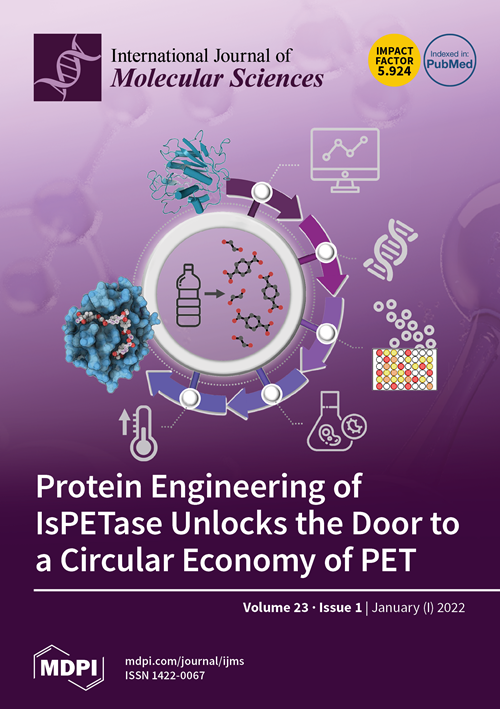Mechanisms of 3-Hydroxyl 3-Methylglutaryl CoA Reductase in Alzheimer’s Disease
IF 4.9
2区 生物学
Q1 BIOCHEMISTRY & MOLECULAR BIOLOGY
引用次数: 0
Abstract
Alzheimer’s disease (AD) is the most common neurodegenerative disease worldwide and has a high incidence in the elderly. Unfortunately, there is no effective therapy for AD owing to its complicated pathogenesis. However, the development of lipid-lowering anti-inflammatory drugs has heralded a new era in the treatment of Alzheimer’s disease. Several studies in recent years have shown that lipid metabolic dysregulation and neuroinflammation are associated with the pathogenesis of AD. 3-Hydroxyl 3-methylglutaryl CoA reductase (HMGCR) is a rate-limiting enzyme in cholesterol synthesis that plays a key role in cholesterol metabolism. HMGCR inhibitors, known as statins, have changed from being solely lipid-lowering agents to neuroprotective compounds because of their effects on lipid levels and inflammation. In this review, we first summarize the main regulatory mechanism of HMGCR affecting cholesterol biosynthesis. We also discuss the pathogenesis of AD induced by HMGCR, including disordered lipid metabolism, oxidative stress, inflammation, microglial proliferation, and amyloid-β (Aβ) deposition. Subsequently, we explain the possibility of HMGCR as a potential target for AD treatment. Statins-based AD treatment is an ascent field and currently quite controversial; therefore, we also elaborate on the current application prospects and limitations of statins in AD treatment.阿尔茨海默病中 3-羟基-3-甲基戊二酰辅酶还原酶的作用机制
阿尔茨海默病(AD)是全球最常见的神经退行性疾病,在老年人中发病率很高。遗憾的是,由于阿尔茨海默病的发病机制复杂,目前尚无有效的治疗方法。然而,降脂抗炎药物的开发预示着阿尔茨海默病治疗进入了一个新时代。近年来的多项研究表明,脂质代谢失调和神经炎症与阿尔茨海默病的发病机制有关。3-Hydroxyl 3-methylglutaryl CoA reductase(HMGCR)是胆固醇合成的限速酶,在胆固醇代谢中起着关键作用。HMGCR 抑制剂,即他汀类药物,由于其对血脂水平和炎症的影响,已从单纯的降脂药物转变为神经保护化合物。在这篇综述中,我们首先总结了影响胆固醇生物合成的 HMGCR 的主要调节机制。我们还讨论了 HMGCR 诱导的 AD 发病机制,包括脂质代谢紊乱、氧化应激、炎症、小胶质细胞增殖和淀粉样蛋白-β(Aβ)沉积。随后,我们解释了HMGCR作为AD治疗潜在靶点的可能性。基于他汀类药物的AD治疗是一个新兴领域,目前争议颇多,因此我们也阐述了他汀类药物目前在AD治疗中的应用前景和局限性。
本文章由计算机程序翻译,如有差异,请以英文原文为准。
求助全文
约1分钟内获得全文
求助全文
来源期刊

International Journal of Molecular Sciences
Chemistry-Organic Chemistry
CiteScore
8.10
自引率
10.70%
发文量
13472
审稿时长
17.49 days
期刊介绍:
The International Journal of Molecular Sciences (ISSN 1422-0067) provides an advanced forum for chemistry, molecular physics (chemical physics and physical chemistry) and molecular biology. It publishes research articles, reviews, communications and short notes. Our aim is to encourage scientists to publish their theoretical and experimental results in as much detail as possible. Therefore, there is no restriction on the length of the papers or the number of electronics supplementary files. For articles with computational results, the full experimental details must be provided so that the results can be reproduced. Electronic files regarding the full details of the calculation and experimental procedure, if unable to be published in a normal way, can be deposited as supplementary material (including animated pictures, videos, interactive Excel sheets, software executables and others).
 求助内容:
求助内容: 应助结果提醒方式:
应助结果提醒方式:


